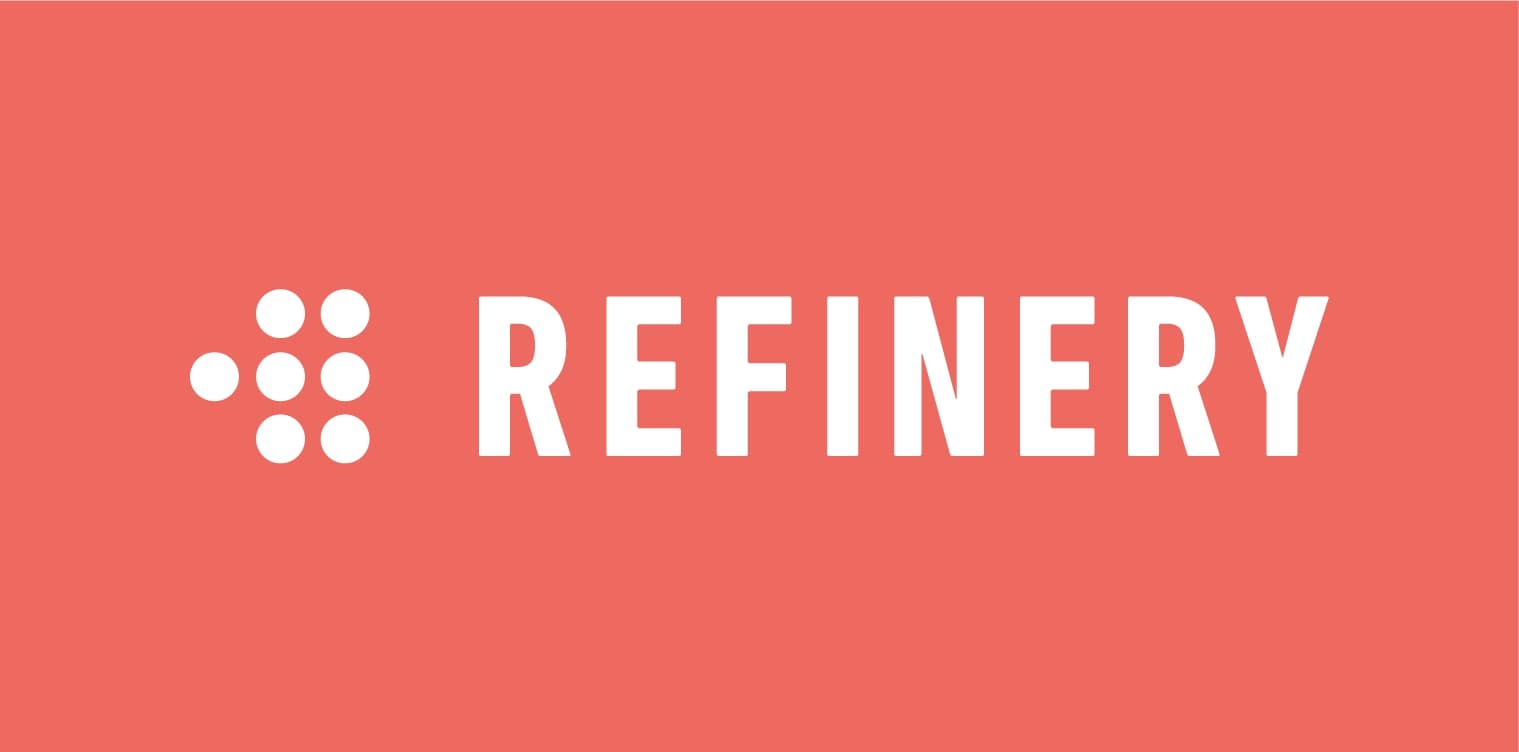How many times have you in the past attended a workshop, received a workbook and then, upon returning to your office, placed it on a shelf…where it likely still sits.
While organizations invest heavily in learning and development ($332 billion in 2019, projected to reach $487 billion by 2030*) with the intent of changing behaviours, outcomes suggest many are ineffective.
Why is it that the leadership programs of the past have so little impact on today’s modern learner?
It has become obvious that traditional development models and approaches have not caught up with the learning needs of today’s leaders. The act of sitting and listening is static and does not allow leaders to put into action what they are hearing.
If leaders are to truly learn and take back to their work environment what they have learned, sitting, and listening to concepts, theories and case studies just do not work.
Today’s business environment requires a bolder approach to learning and development, one which takes leaders beyond a theoretical understanding of best practices to a place of real, meaningful, and sustainable shifts in behaviour. Training itself does not change behaviours because for someone to even consider shifting their perspectives, they need to understand their own personal wiring (neuroscience) and go beyond cognitively understanding best practices (training) to move to a place of real, meaningful, and sustainable shifts in behaviour that they can take back to work (development).
True development is markedly different from training, and experiential development can be life-changing. Whether this is for a first-time leader or a Senior VP who engages in experiential learning, they will quickly realize this is different from almost any development they will have experienced in their career. It’s not about learning concepts; it is about becoming better humans. Frequently, participants in Refinery programs tell us that they are not only better leaders, but they are also better partners, parents, and friends. This is the deep effect of experiential learning.
So, what is the main difference in an experiential learning approach? In a nutshell, it is learning by doing. Experiential learning goes beyond putting people on ropes courses or having them walk across beds of coals. A good experiential learning experience will engage the learner in an activity that generates new understanding and insights for the person on how they behave in certain situations, such as stress or complexity. During the “unpacking” process following the activity, the experiential learning facilitator/coach will guide the learner to reflect on what they did during the activity and why they did it, then apply a concept or tool to help them in real-life situations. This is the learning that sticks.
Give leaders the opportunity to learn through action, immerse them into interactive experiences where they have an opportunity to experience, reflect, pause, and think about how they want to show up moving forward, and their behaviour patterns will shift.
Add defined and planned deliberate practice into the learning, and you will find that these behaviour shifts will become embedded in the learners’ daily lives. This is the extended and measurable value of experiential learning.
Are you tired of spending your organization’s learning and development budgets on programs that do not shift behaviours? Let us show you how we have been making a difference for more than 20 years. Connect with us.

Recent Comments